Abstract: At present, the essence of the white LED we use is a semiconductor fluorescent lamp. Its basic characteristics are consistent with ordinary fluorescent lamps. Its performance index is far worse than our expectations. It can not be deified. Semiconductor fluorescent lamps should go down the altar. . The conceptual blending of LEDs and semiconductor fluorescent lamps has caused huge losses to China's lighting industry, and this phenomenon cannot continue. Real white LEDs still have a long way to go, don't be impetuous.
The pursuit of high efficiency, energy saving, environmental protection and good display of electric light source is the constant goal of the scientific and technological community. Since the 1960s, LEDs have developed rapidly in an amazing era, especially after the 21st century, LED development has achieved even more encouraging achievements. LEDs offer unparalleled advantages over displays, signal lights, liquid crystal backlights, and other low-power sources, compared to other electric light sources. However, in the current development of white-color high-power LEDs, the basic properties between ordinary LEDs and white-colored LEDs are mixed, and the advantages of ordinary LEDs are mistakenly transferred to white-color LEDs, which are mistaken for the service life of white-color LEDs. The luminous efficiency can be as high as that of ordinary LEDs, and its function is overestimated. It has been deified in the field of electric light sources. It seems that as long as LED is used as high technology, LED can solve the lighting problem together; the project using LED can get the government. Support, projects that do not use LEDs can not get government support; ignore the white color LED is the basic essence of semiconductor fluorescent lamps. Below we briefly introduce the current luminescence mechanism of white color LEDs (semiconductor fluorescent lamps).
Figure 1 Luminescence mechanism of white color LED (semiconductor fluorescent lamp)
It can be seen from Fig. 1 that the white color LED (semiconductor fluorescent lamp) is white light emitted by the phosphor around the blue PN junction. Usually, the fluorescent lamp is illuminated by the ultraviolet light in the lamp tube, and they are completely identical in the principle of illumination, such as Figure 2 shows the difference in that the filament of a conventional fluorescent lamp is replaced by a blue PN junction. Figure 3(c) shows how it works. There is also a semiconductor fluorescent lamp that generates white light by exciting the phosphor with an ultraviolet LED, as shown in Fig. 3(b).
Figure 2 The principle of illumination of ordinary fluorescent lamps
LEDs are very different from the lighting principles of incandescent and gas discharge lamps that we use today. The spontaneous luminescence of LEDs is caused by the recombination of electrons and holes. The electroluminescence mechanism of this semiconductor PN junction determines that it emits monochromatic light, and it is impossible to produce white light with continuous lines. It is also impossible for LEDs to produce more than two types of high-brightness monochromatic light. If the LED is required to produce white light, it is only possible to let the LED emit blue light, and then use the phosphor to indirectly generate a broadband spectrum to synthesize white light.
The process of converting some form of energy into light energy is a quantum conversion process that obeys the law of energy conservation. The quantum efficiency, quantum extraction rate, and energy spectrum of the radiated photons in the luminescence process determine the efficacy of the process. The more quantum conversion processes that a white light source experiences, the greater the loss of energy, and the reduction in light efficiency.
The quantum conversion efficiency of the carrier recombination process when LED is illuminated is high. However, it is necessary to use the phosphor for the second quantum conversion to be converted into a white LED, so that the quantum efficiency and the quantum extraction rate are greatly reduced, and the improvement of the light efficiency of the white LED is limited.
All kinds of fluorescent lamps, including high-frequency electrodeless fluorescent lamps, are low-pressure discharge lamps, and high-efficiency resonant radiation using mercury converts electrical energy into radiant energy. However, since this resonant line is in the ultraviolet region, it is necessary to use the phosphor for the second. The secondary quantum conversion can become visible light, and the second quantum conversion efficiency is only 46%, and the phosphor absorption reduces the quantum extraction rate. Therefore, the continuous quantum conversion process limits the luminous efficacy of the fluorescent lamp to 90-100 lm/ Around W, it is difficult to exceed 120 lm/W according to the current structure and materials.
It is also worth noting that the illuminating center of the conventional light source is in the center of the lamp, and the light radiation is evenly distributed in the 4Ï€ solid angle, which is consistent with the irradiation space, and the quantum extraction rate is nearly 100%. LED is a kind of planar solid light source, only the outward (2Ï€ solid angle or smaller angle) photons can be emitted, so most of the 50% of the inward radiated photons of conventional LEDs disappear inside the chip, and the quantum extraction rate is very low; LED The output window is a multi-layered solid medium with large particle density. The absorption coefficient of photons is large when it propagates. The reflection at the interface of different dielectric layers also reduces the quantum extraction rate. These characteristics of the current structure of the LED can not be changed, so the improvement of light efficiency is limited. Don't imagine that the light performance of white LEDs will increase to more than 140lm/W, unless it is a monochromatic yellow LED or another new structure of LED, for example, if you can develop a three-level (red, green and blue) LED, There are three or more different donor level or acceptor level in the n-type semiconductor or p-type semiconductor of the LED. When the carriers are recombined, the appropriate proportions of red, green and blue photons are directly generated and the white light is directly emitted. Eliminating the second quantum conversion process of the phosphor can greatly improve the LED light efficiency. However, the characteristics of LED single-sided illumination cannot be changed. The factor that limits the greatly improved light efficiency can only be reduced and cannot be completely cancelled.
It is necessary to reduce the blue component in the white LED spectrum, although this will reduce its light efficiency, too much blue light is likely to cause visual fatigue and damage the film. Before this was improved, it was difficult to enter the home and compete with compact fluorescent lamps on a large scale.
From any angle, the highest light efficiency of white LEDs (semiconductor fluorescent lamps) of this structure can never exceed 140 lm/W. According to tests, the current total photon conversion efficiency of commercially available white LEDs (semiconductor fluorescent lamps) is about 15 to 25%, and the luminous efficiency is about 45 to 80 lm/W. The actual luminous efficiency during stable operation is often 60 lm/ W below. The reports that white LEDs (semiconductor fluorescent lamps) have reached 160 lm/W or 200 lm/W are unreliable, and perhaps their tests have made mistakes. As for the 400 lm/W prediction, it is absurd for white LEDs (semiconductor fluorescent lamps) even if The yellow LED with a center emission wavelength of 555 is also too high.
In the future, the real white LED should be a white LED that encapsulates red, green, blue or more color LED chips to produce white color light. It will eliminate the conversion process of the secondary light of the phosphor, and improve the light efficiency by 15%. Above, the efficiency can reach 150-160Lm/W, and harmful blue light is reduced; the light decay and chip heating problems are improved. There are still many technical bottlenecks in this real white LED. It takes a long time to solve these technical problems. . Figure 3(a) indicates this method.
AURORA SERIES DISPOSABLE VAPE PEN
Zgar 2021's latest electronic cigarette Aurora series uses high-tech temperature control, food grade disposable pod device and high-quality material.Compared with the old model, The smoke of the Aurora series is more delicate and the taste is more realistic ,bigger battery capacity and longer battery life. And it's smaller and more exquisite. A new design of gradient our disposable vape is impressive. We equipped with breathing lights in the vape pen and pod, you will become the most eye-catching person in the party with our atomizer device vape.The 2021 Aurora series has upgraded the magnetic suction connection, plug and use. We also upgrade to type-C interface for charging faster. We have developed various flavors for Aurora series, Aurora E-cigarette Cartridge is loved by the majority of consumers for its gorgeous and changeable color changes, especially at night or in the dark. Up to 10 flavors provide consumers with more choices. What's more, a set of talking packaging is specially designed for it, which makes it more interesting in all kinds of scenes. Our vape pen and pod are matched with all the brands on the market. You can use other brand's vape pen with our vape pod. Aurora series, the first choice for professional users!
We offer low price, high quality Disposable E-Cigarette Vape Pen,Electronic Cigarettes Empty Vape Pen, E-cigarette Cartridge,Disposable Vape,E-cigarette Accessories,Disposable Vape Pen,Disposable Pod device,Vape Pods,OEM vape pen,OEM electronic cigarette to all over the world.
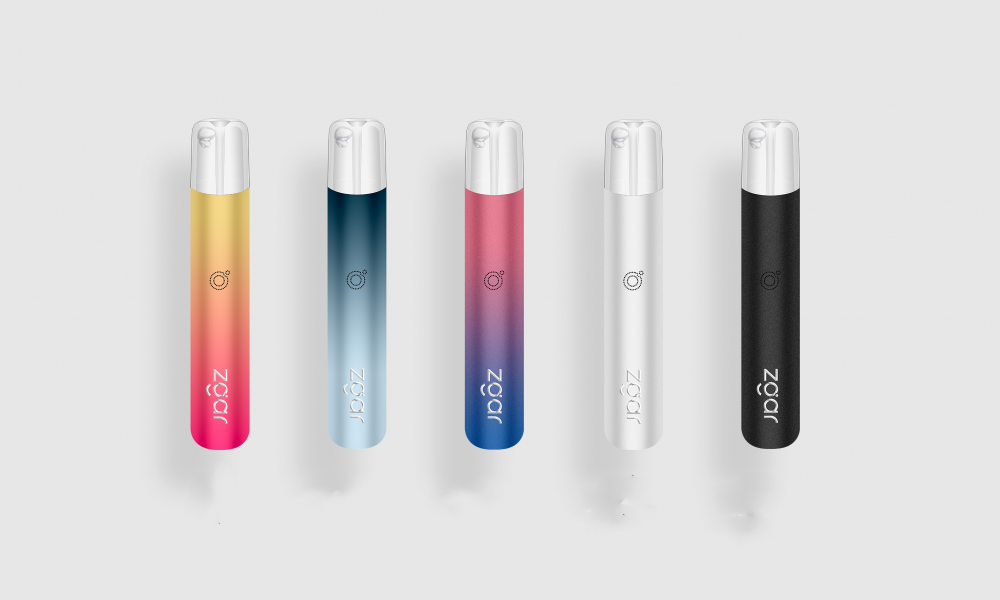
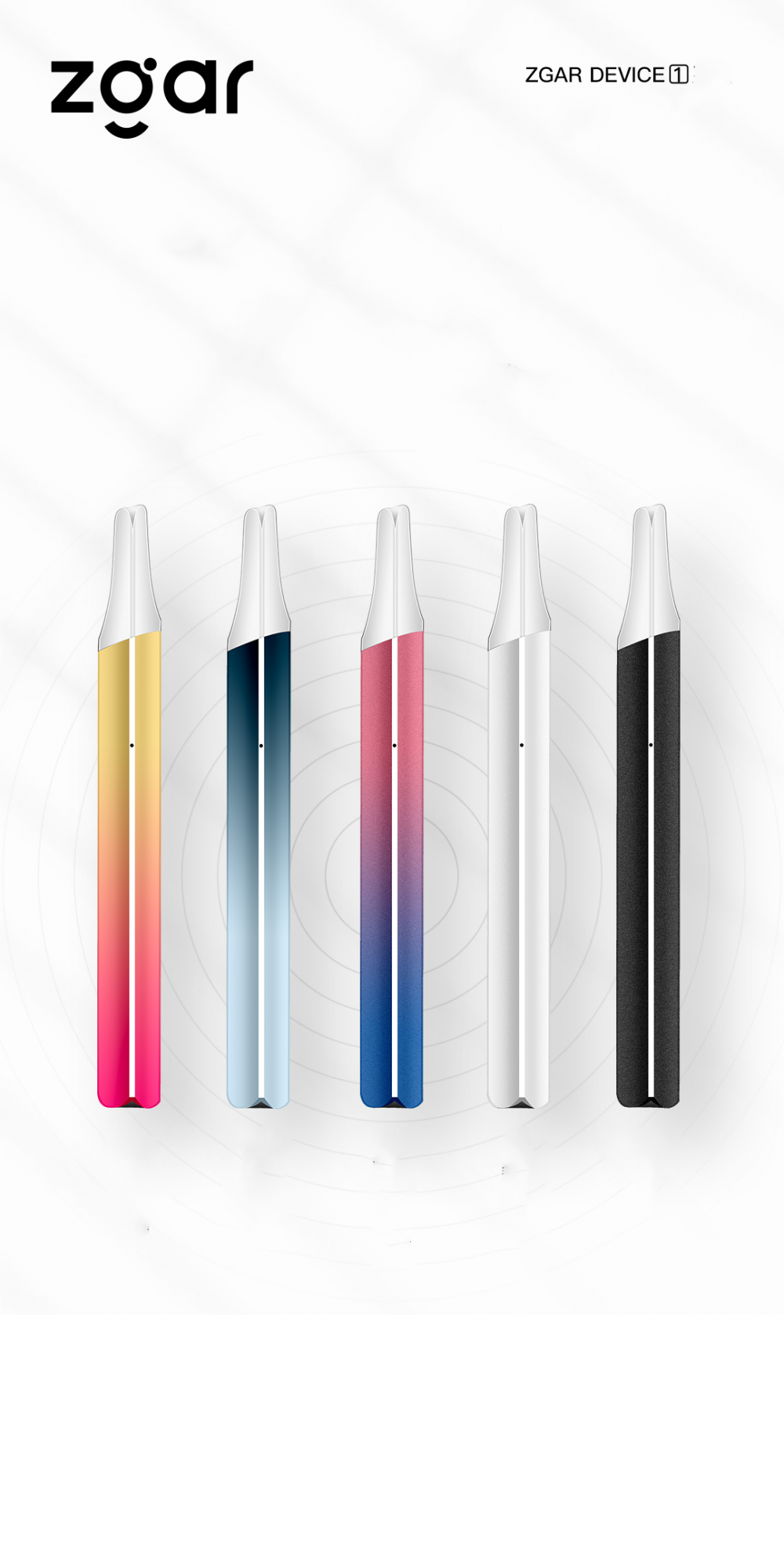

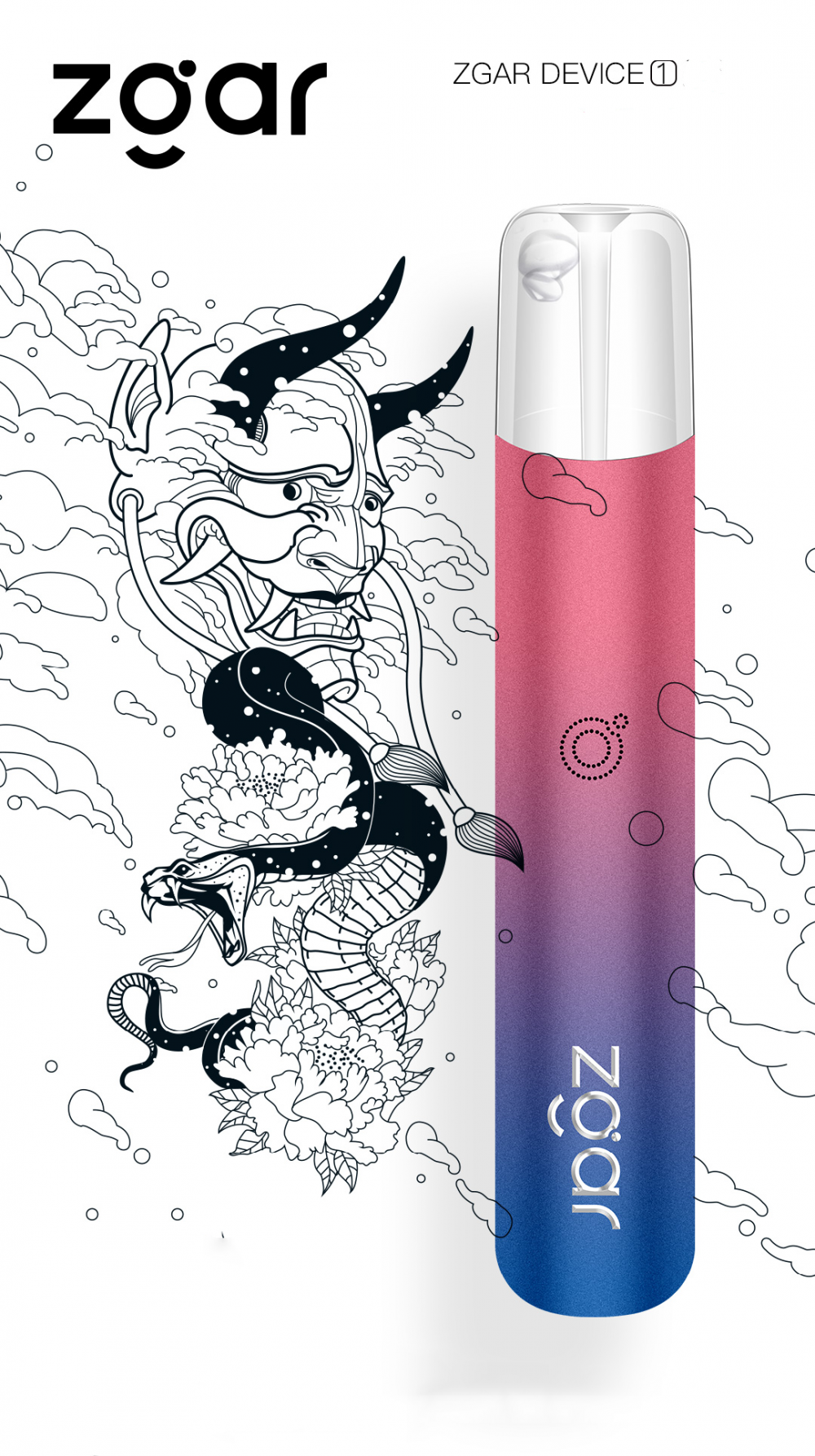
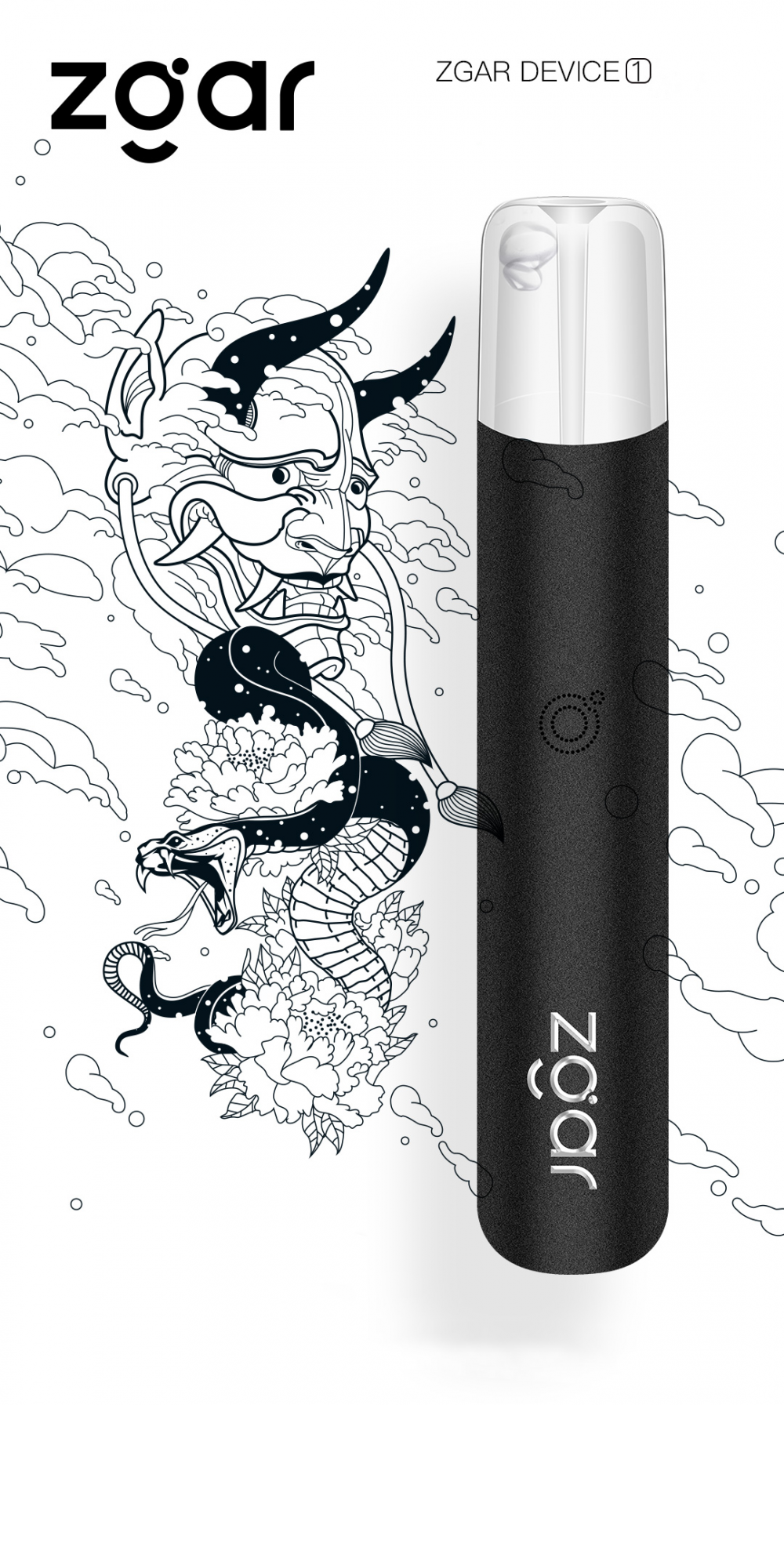
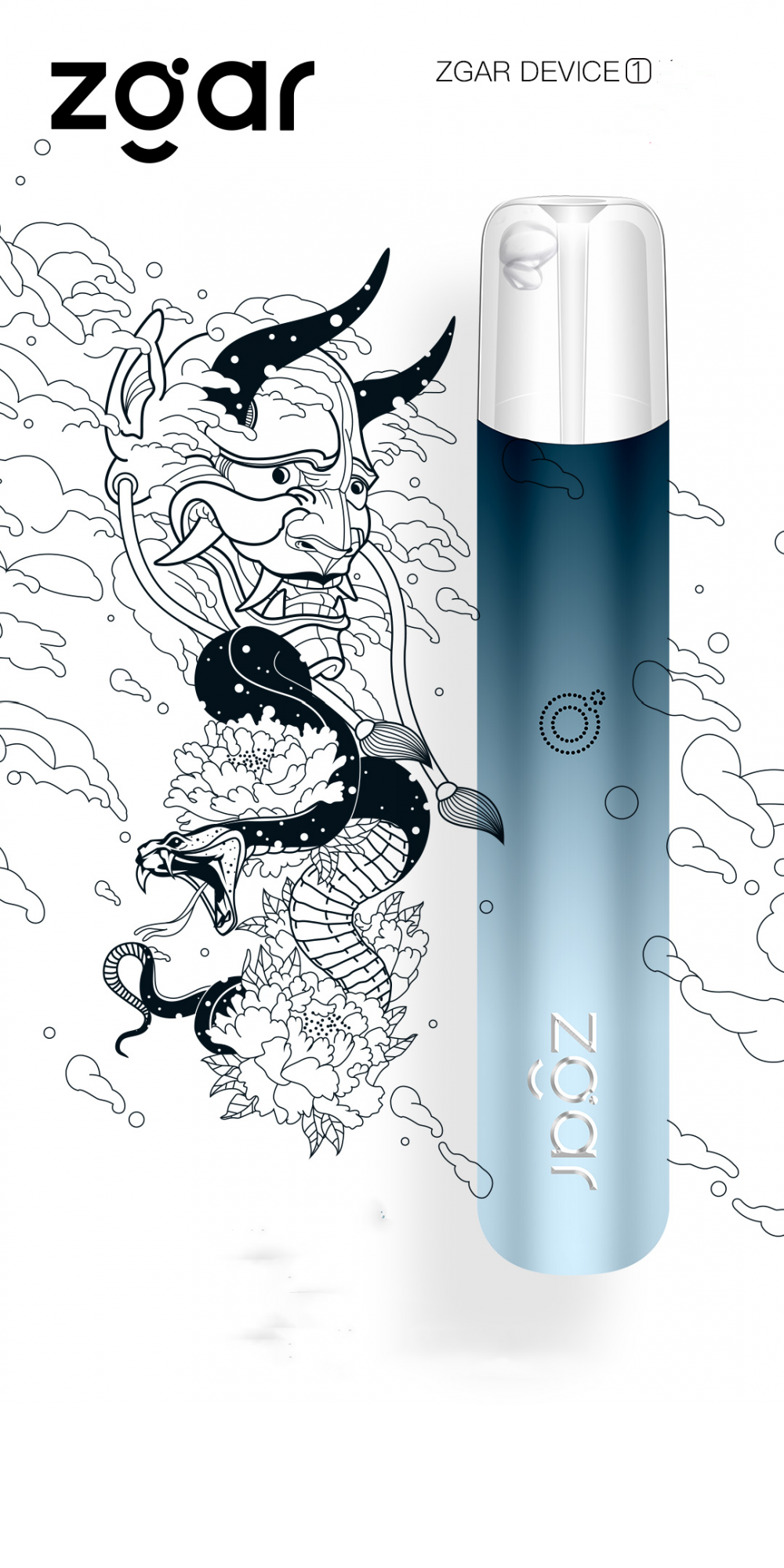
Disposable Pod Vape,Disposable Vape Pen,Disposable E-Cigarette,Electronic Cigarette,OEM vape pen,OEM electronic cigarette.
ZGAR INTERNATIONAL TRADING CO., LTD. , https://www.szvape-pen.com